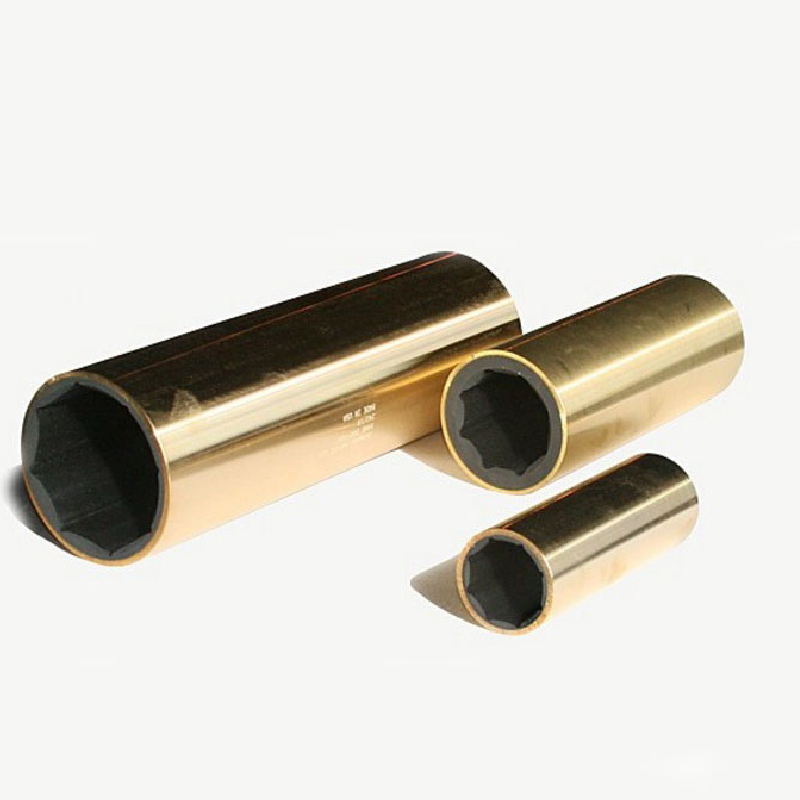Choosing the Right Transmission Sump Gasket for Your Vehicle Maintenance Needs
Understanding Transmission Sump Gaskets Importance, Function, and Replacement
The transmission system in a vehicle is crucial for its overall function, as it is responsible for transferring power from the engine to the wheels. Among the various components of this system, the transmission sump gasket plays a vital role in ensuring smooth operations. This article will explore the importance of the transmission sump gasket, its functions, and when it might need to be replaced.
What is a Transmission Sump Gasket?
The transmission sump gasket is a sealing component located between the transmission pan and the gearbox. This gasket is typically made of rubber or a composite material designed to withstand high temperatures and pressures. Its primary purpose is to prevent the transmission fluid from leaking out of the pan, which is essential for optimal transmission performance.
The Importance of the Transmission Sump Gasket
Transmission fluid is crucial for lubricating the internal components of the transmission, allowing for smooth gear shifts and preventing wear and tear. If the sump gasket fails and fluid leaks, it can lead to several issues
1. Overheating Insufficient fluid levels can cause the transmission to overheat, leading to catastrophic failure if not addressed promptly. 2. Poor Performance Low fluid levels can hinder the performance of the transmission, resulting in sluggish gear shifts or harsh engagements. 3. Fluid Contamination Leaks can allow contaminants to enter the transmission, affecting the overall health of the system.
4. Repair Costs Ignoring a leaking gasket could lead to more extensive damage that may require a complete transmission rebuild, resulting in high costs.
Signs of a Failing Transmission Sump Gasket
Recognizing the signs of a failing transmission sump gasket can save time and money in the long run
. Some common indicators includetransmission sump gasket

- Puddles of Fluid Finding reddish-brown fluid spots under the vehicle can indicate a leak from the transmission. - Low Transmission Fluid Levels Regularly checking the fluid levels and noticing a drop can be a sign of a failing gasket. - Unusual Noises If the transmission starts making grinding or whining noises, it might be due to low fluid levels. - Slipping Gears The vehicle may experience difficulty shifting or slipping out of gear when a gasket fails.
Replacement and Maintenance
When it comes to replacing a faulty transmission sump gasket, it’s essential to act quickly to avoid further damage. The replacement process typically involves
1. Drain the Fluid First, the transmission fluid must be drained to prevent spills and mess.
2. Remove the Transmission Pan The pan is unscrewed, and any old gasket material needs to be cleaned off the surface.
3. Install the New Gasket A new gasket is placed on the transmission pan, ensuring a snug fit to prevent leaks.
4. Reattach the Pan and Refill Fluid The transmission pan is then reattached, and new transmission fluid is added.
While replacing a transmission sump gasket can be a DIY project for those with mechanical skills, it is often recommended to seek professional assistance to ensure proper installation and avoid the risk of overlooking other potential issues.
Conclusion
The transmission sump gasket may seem like a small component, but its significance in the overall functionality of a vehicle's transmission system cannot be overlooked. Regular maintenance checks, early detection of issues, and prompt replacements can lead to a healthier transmission, ultimately prolonging the life of the vehicle. Taking care of such essential components is vital for a smooth and efficient driving experience.
-
Understanding the Front Main Engine Seal: Purpose, Maintenance, and Installation
News Jul.29,2025
-
Understanding O-Rings and Seal Rings: Types, Applications, and Custom Solutions
News Jul.29,2025
-
Understanding Crankshaft Oil Seals: Rear Seals, Pulley Seals, and Their Role in Engine Integrity
News Jul.29,2025
-
The Importance of Front and Rear Crankshaft Seals in Engine Performance and Oil Management
News Jul.29,2025
-
Crank Oil Seals: Functions, Types, and Cost Considerations in Engine Maintenance
News Jul.29,2025
-
A Comprehensive Guide to O-Rings and Seals: Types, Materials, and Global Applications
News Jul.29,2025
-
Mastering Diesel and Performance Engine Maintenance: A Guide to Critical Oil Gaskets
News Jul.28,2025
Products categories















